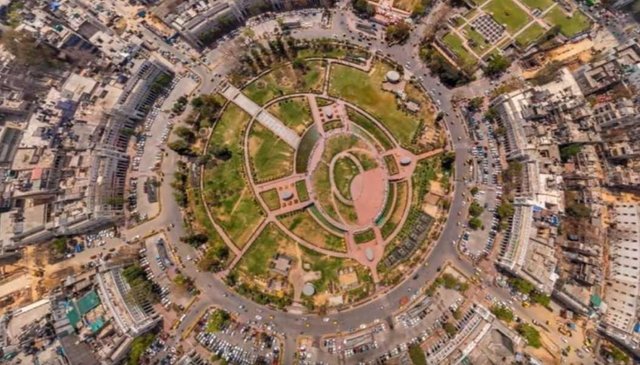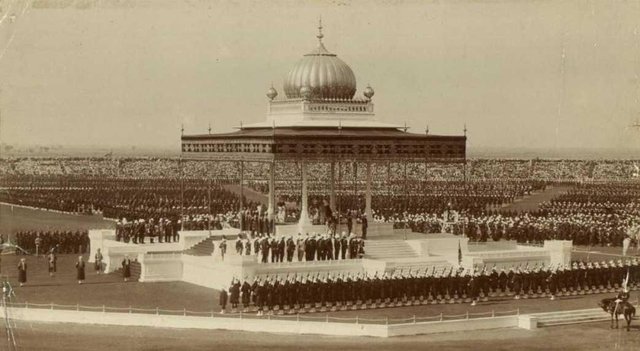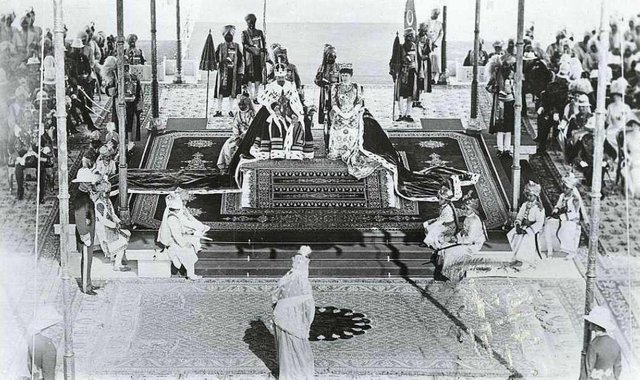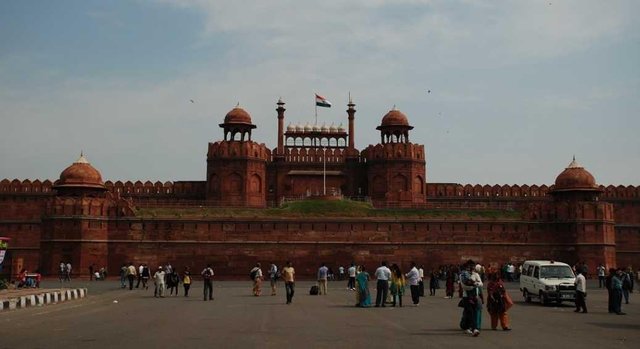There are many places in the world that have related names. Many of them are separated by thousands of kilometers away: Orleans is in France, York - in England, and New York and New Orleans - in America. Zealand is a province in the Netherlands, and New Zealand is an archipelago country that is completely on the other side of the world. New Delhi is also adjacent to its historic and territorial parent is its continuation. Today I present the first part of the story about the history of New Delhi's emergence

Officially, the capital status of New Delhi was accepted in 1931. India later became a British colony. Before that, the colonial government had long been in Calcutta, which much to do in Britain - especially from there, after tremendous trading success, their expansion began in India.
Calcutta, England smoothed the hands in the 18th century, after defeating the Bengali army nawab Siraj-ud-Daula in the battle of Plessy with a higher order of their size. And in decades in Bengal, the eastern version of London grew with magnificent buildings and British cathedrals, with wide streets, parks and classic gardens. Delhi also became an Englishman in 1803, and finally England consolidated it only after the suppression of a mild revolt in 1857.

It's all about the national liberation movement. The colonies boiled. Mass protests rocked the world. India has stopped for English by a quiet haven before, from which the gentlemen always return to their native island with a tight wallet. In 1905, Vice King Lord Curzon tried to lower the intensity of the indigenous struggle - he divided Bengali into sections with religious principles. Usually the method of "divide and conquer" long runs perfectly.But at that time everything went wrong, and the British government literally landed on fire from the fire: In response, the Indians just became more angry and started boycotting the British stuff, which in itself is very confiscating the gentlemen.
And the incident changed and was very bad: the Indians mastered the method of political terror, British officials began to explode. The situation threatens to get out of control. I have to make a concession, e.g. reform: to remove Bengal's partition and give him the same self-government as other provinces - Bombay and Madras. And for the colonial government decided to find a quieter place.

Actually, the decision was not in a hurry, preceded by a fierce debate during the overall revision of British colonial strategy among the high Londoners.
The city became the capital for the first time in the Sultanate of Delhi and for several centuries during the Mughal Empire. And in the mythology of the Hindu worldview he becomes a very important place. This nuance is fully taken into account in the coronation scenario of George V, which appeared before the Indian subject on the legendary Red Castle balcony as the successor of the ancient Indian rulers. In addition, Delhi is located in the center of the country. And most importantly, it's closer to Shimla's high mountains,who since 1864 serves all the official British as a rescue summer residence in the months when the overflowing heat becomes an unbearable burden for whites.

Vice-King of India Charles Harding plans to complete the construction in four years. But the problem was complicated by the outbreak of World War I. Therefore, project financing faced a problem. In 1913, Herbert Baker, who proved himself in South Africa, was sent to assist chief architect Edwin Lachens. Both are conservative, supporters of Greco-Roman classicism and disdain for Indian architecture.
On this basis, they have a fundamental difference with the young king, who seeks to persist in the guise of Indo-Saracenic historical motifs. However, all three agree that New Delhi's architecture should symbolize the imperial law and order of the empire, the greatness and power of British rule in India.About the architecture of New Delhi, I plan to tell it in the next section.
Tempat bersejarah
Downvoting a post can decrease pending rewards and make it less visible. Common reasons:
Submit
Berkembang
Downvoting a post can decrease pending rewards and make it less visible. Common reasons:
Submit